Home>Gardening & Outdoor>Plant Care & Gardening Tips>How To Identify Wildflower
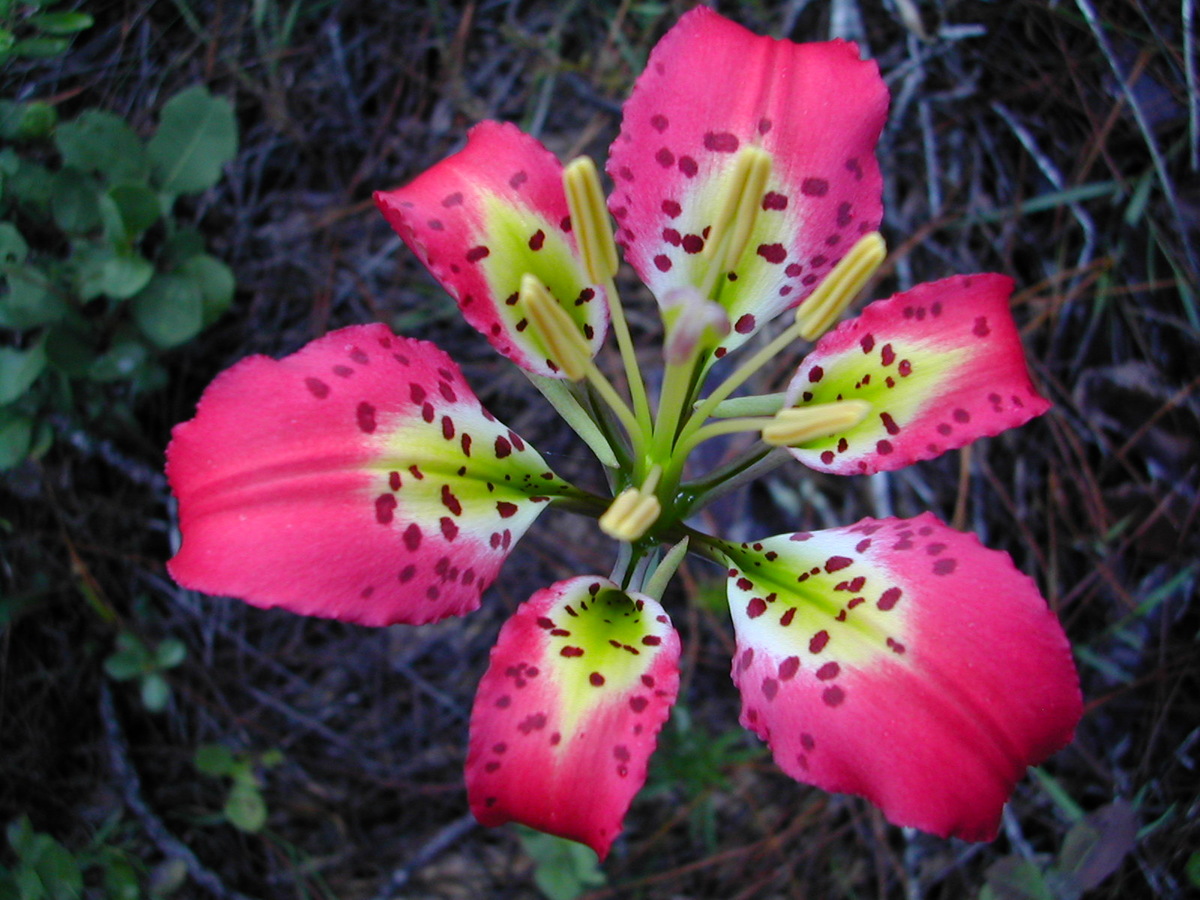

Plant Care & Gardening Tips
How To Identify Wildflower
Published: December 25, 2023
Learn how to identify wildflowers with expert plant care and gardening tips. Discover the secrets to recognizing and nurturing beautiful wild blooms.
(Many of the links in this article redirect to a specific reviewed product. Your purchase of these products through affiliate links helps to generate commission for Storables.com, at no extra cost. Learn more)
**
Introduction
**
Wildflowers are nature's delightful gift, adding vibrant colors and a touch of wilderness to landscapes. They are a diverse group of plants that grow in the wild, often thriving in meadows, woodlands, and along roadsides. Their beauty and ecological significance make them a fascinating subject for plant enthusiasts and nature lovers alike. In this article, we'll delve into the fascinating world of wildflowers, exploring their characteristics, the art of identifying them, and their importance in the ecosystem. Whether you're an avid hiker, a curious botanist, or simply someone who appreciates the beauty of nature, understanding and identifying wildflowers can deepen your connection with the natural world. Join me as we embark on a journey to unravel the enchanting secrets of wildflowers and discover the wonders they hold.
**
Key Takeaways:
- Wildflowers are essential for the environment, providing food and shelter for insects and animals, preventing soil erosion, and adding beauty to natural landscapes.
- Identifying wildflowers involves observing their habitat, studying their characteristics, using field guides, taking photos, and seeking expert advice for a deeper connection with nature.
Read more: How To Identify Glassware
Understanding Wildflowers
**
Wildflowers, also known as native flowers or indigenous flora, encompass a wide array of plant species that grow in their natural habitat without human intervention. These plants have adapted to thrive in specific environmental conditions, showcasing remarkable resilience and diversity. Unlike cultivated garden flowers, wildflowers have evolved over time to withstand the challenges of their native ecosystems, making them valuable contributors to the ecological balance.
One of the defining characteristics of wildflowers is their ability to self-sow, meaning they disperse their seeds naturally, allowing new plants to emerge in the wild. This natural propagation process contributes to the perpetuation of wildflower populations and the preservation of biodiversity.
Wildflowers come in an assortment of shapes, sizes, and colors, each possessing unique features that set them apart. From the iconic golden blooms of sunflowers to the delicate petals of violets and the intricate patterns of wild orchids, these plants captivate the senses and inspire awe with their natural beauty.
Furthermore, wildflowers play a crucial role in supporting local ecosystems by providing nectar and pollen for pollinators such as bees, butterflies, and hummingbirds. As vital components of food chains, they sustain a myriad of insects and small animals, contributing to the overall health and stability of natural habitats.
Understanding the significance of wildflowers goes beyond their visual appeal; it involves recognizing their ecological value and the intricate web of interactions they foster within the environment. By appreciating the unique adaptations and ecological contributions of wildflowers, we can cultivate a deeper reverence for the natural world and the intricate balance of life it sustains.
**
Identifying Wildflowers
**
Embarking on the journey of identifying wildflowers is a rewarding pursuit that allows us to unravel the mysteries of these captivating plants. Whether you encounter them on a leisurely stroll through a meadow or while exploring a woodland trail, the ability to recognize and name wildflowers adds a layer of enchantment to your outdoor experiences. Here are some essential tips to help you identify wildflowers with confidence:
- Observe the Habitat: Wildflowers are often closely tied to specific habitats, thriving in environments that cater to their unique needs. Take note of the surroundings, including the soil type, moisture levels, and exposure to sunlight, as these factors can offer valuable clues for identifying the species.
- Study the Plant’s Characteristics: Pay attention to the plant’s overall structure, including the arrangement and shape of leaves, the presence of flowers or buds, and any distinct features such as thorns or tendrils. Additionally, note the color, size, and arrangement of the flowers, as these traits can vary significantly among different wildflower species.
- Utilize Field Guides and Apps: Carrying a reliable field guide or using a smartphone app designed for plant identification can be immensely helpful. These resources often feature detailed descriptions, photographs, and botanical illustrations that aid in narrowing down the potential species based on visual cues.
- Take Close-Up Photos: Capturing clear photographs of the flowers, leaves, and stems can provide valuable references for later identification. Focus on capturing key details, such as the arrangement of petals, the presence of veins on the leaves, and any unique markings or patterns.
- Seek Expert Advice: If you’re uncertain about a particular wildflower, consider reaching out to local botanists, naturalists, or gardening enthusiasts who possess knowledge of regional flora. Their expertise can offer valuable insights and help confirm the identity of the wildflowers you encounter.
Mastering the art of identifying wildflowers often involves patience, keen observation, and a sense of curiosity. As you hone your skills in recognizing these natural wonders, you’ll develop a deeper appreciation for the intricate details and diversity present in the world of wildflowers.
**
Look at the flower’s color, shape, and size. Use a field guide or app to help identify the plant. Take note of where the flower is growing and its surroundings.
Importance of Wildflowers
**
Wildflowers hold profound significance in both ecological and cultural contexts, playing pivotal roles in sustaining natural ecosystems and enriching human experiences. Their importance reverberates across various aspects of the environment and contributes to the well-being of countless organisms, including humans. Here are some compelling reasons why wildflowers are indispensable:
- Biodiversity Preservation: Wildflowers contribute to the rich tapestry of biodiversity, supporting a myriad of insect, bird, and mammal species. By providing food sources, shelter, and breeding grounds, they bolster the resilience of ecosystems and help safeguard the survival of diverse flora and fauna.
- Pollinator Support: Many wildflowers serve as vital nectar and pollen sources for pollinators, including bees, butterflies, and hummingbirds. By attracting and nourishing these essential creatures, wildflowers facilitate the pollination of numerous plant species, fostering the production of fruits, seeds, and new generations of plants.
- Erosion Control and Soil Health: The extensive root systems of wildflowers play a crucial role in stabilizing soil and preventing erosion. Their presence helps maintain soil structure, minimize runoff, and enhance the fertility of the land, contributing to sustainable land management practices.
- Aesthetic and Recreational Value: Wildflowers embellish landscapes with their vibrant blooms, enhancing the visual appeal of natural areas and providing scenic backdrops for outdoor activities. Whether adorning meadows, woodlands, or alpine slopes, wildflowers elevate the aesthetic charm of diverse environments, enriching the experiences of hikers, photographers, and nature enthusiasts.
- Cultural Significance: Wildflowers have long been intertwined with human culture, inspiring art, literature, and traditional practices. They hold symbolic meanings in various societies and have been revered for their beauty, resilience, and association with specific landscapes, contributing to the cultural heritage of different regions.
Recognizing and preserving the importance of wildflowers is essential for fostering sustainable ecosystems and nurturing a deeper connection with the natural world. By championing the conservation and appreciation of wildflowers, we can uphold their invaluable contributions to the environment and ensure that future generations continue to revel in the splendor of these remarkable plants.
**
Conclusion
**
Exploring the realm of wildflowers unveils a tapestry of natural wonders, each petal and leaf bearing testament to the resilience and beauty of these captivating plants. From the sun-drenched meadows to the shaded woodland glades, wildflowers grace diverse habitats, enriching the landscapes they inhabit and nurturing the intricate web of life.
Understanding and identifying wildflowers not only deepens our appreciation for the natural world but also fosters a sense of stewardship towards the delicate ecosystems they inhabit. As we immerse ourselves in the enchanting pursuit of recognizing and preserving wildflowers, we become advocates for biodiversity, sustainability, and the enduring legacy of these remarkable plants.
Embracing the importance of wildflowers transcends mere botanical knowledge; it embodies a profound reverence for the interconnectedness of all living beings and the intrinsic value of every species. By celebrating the significance of wildflowers, we honor the vital roles they play in sustaining ecosystems, inspiring cultural traditions, and adorning the earth with their resplendent hues.
As we venture into fields, forests, and prairies, let us carry with us the curiosity of a naturalist, the wonder of a poet, and the mindfulness of a conservationist. Through our collective efforts to understand, protect, and cherish wildflowers, we weave a vibrant tapestry of biodiversity and ensure that these exquisite blooms continue to grace the world with their timeless allure.
May the delicate petals of wildflowers remind us of the enduring power of nature, the interconnectedness of life, and the boundless beauty that flourishes in the wild.
Frequently Asked Questions about How To Identify Wildflower
Was this page helpful?
At Storables.com, we guarantee accurate and reliable information. Our content, validated by Expert Board Contributors, is crafted following stringent Editorial Policies. We're committed to providing you with well-researched, expert-backed insights for all your informational needs.


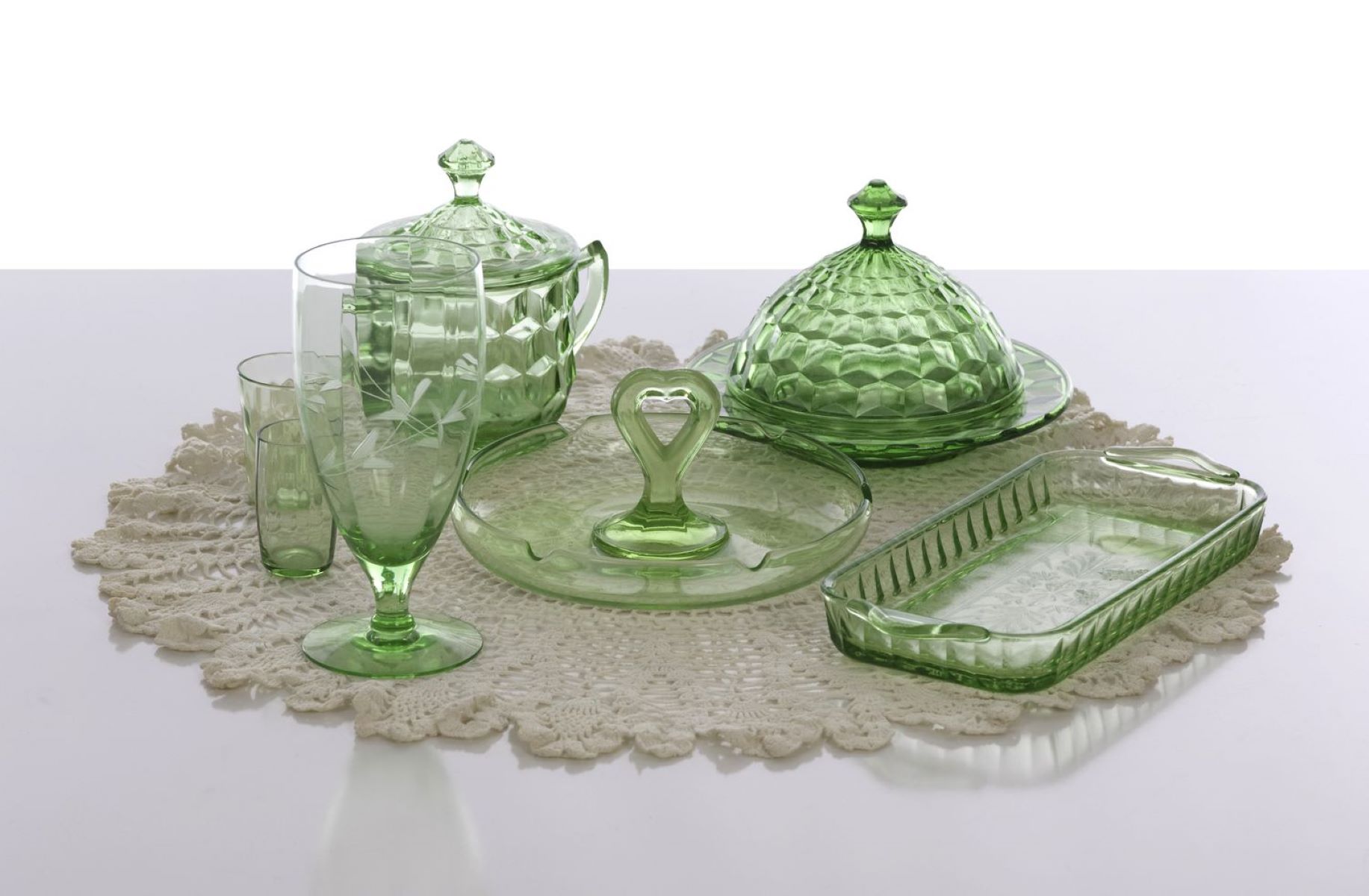
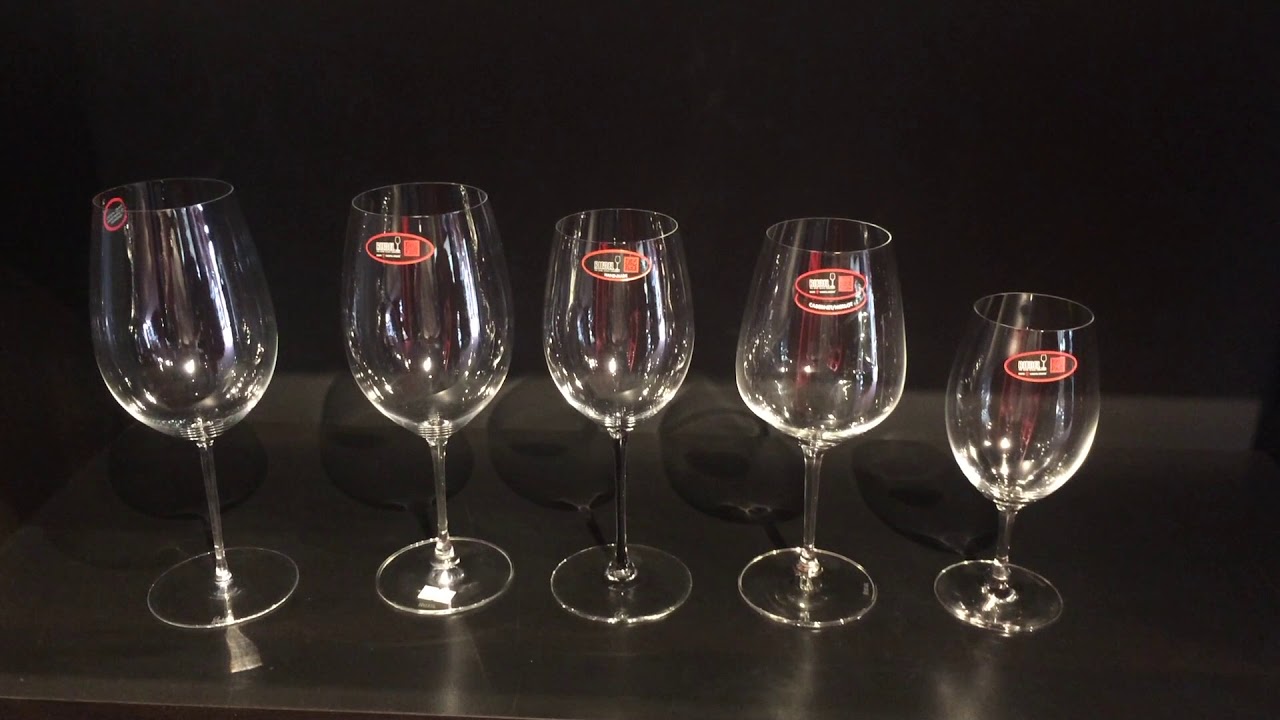

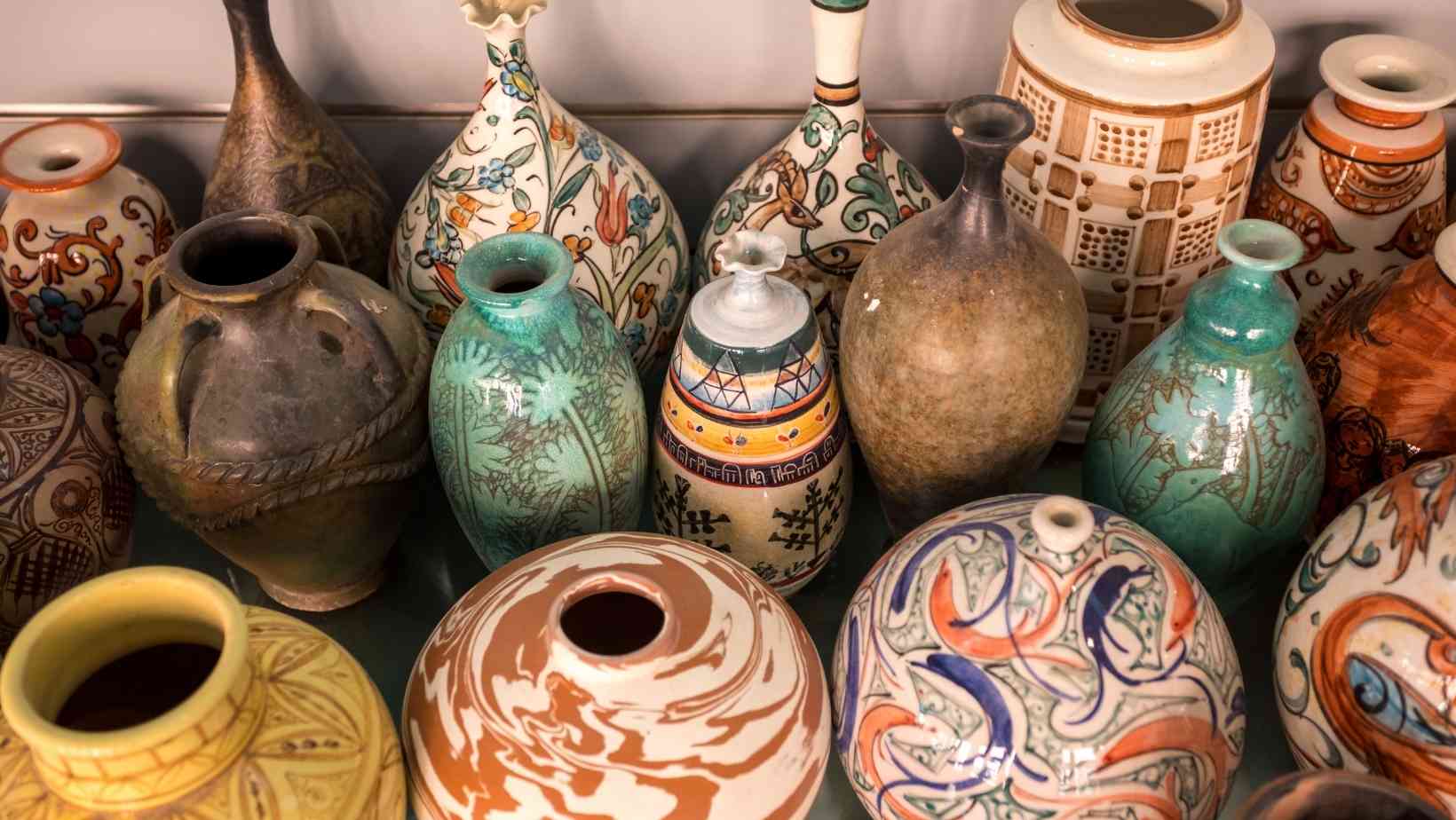
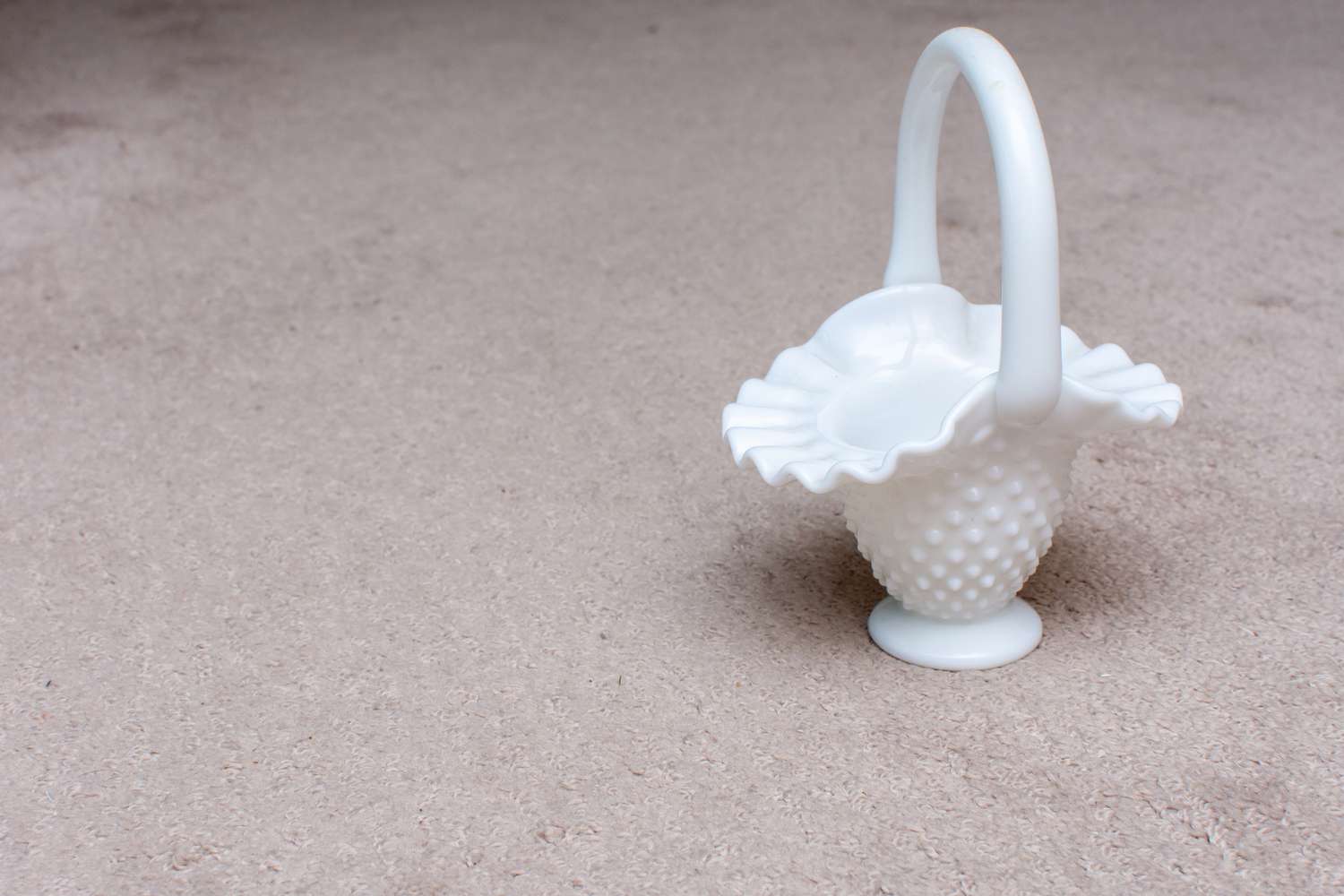
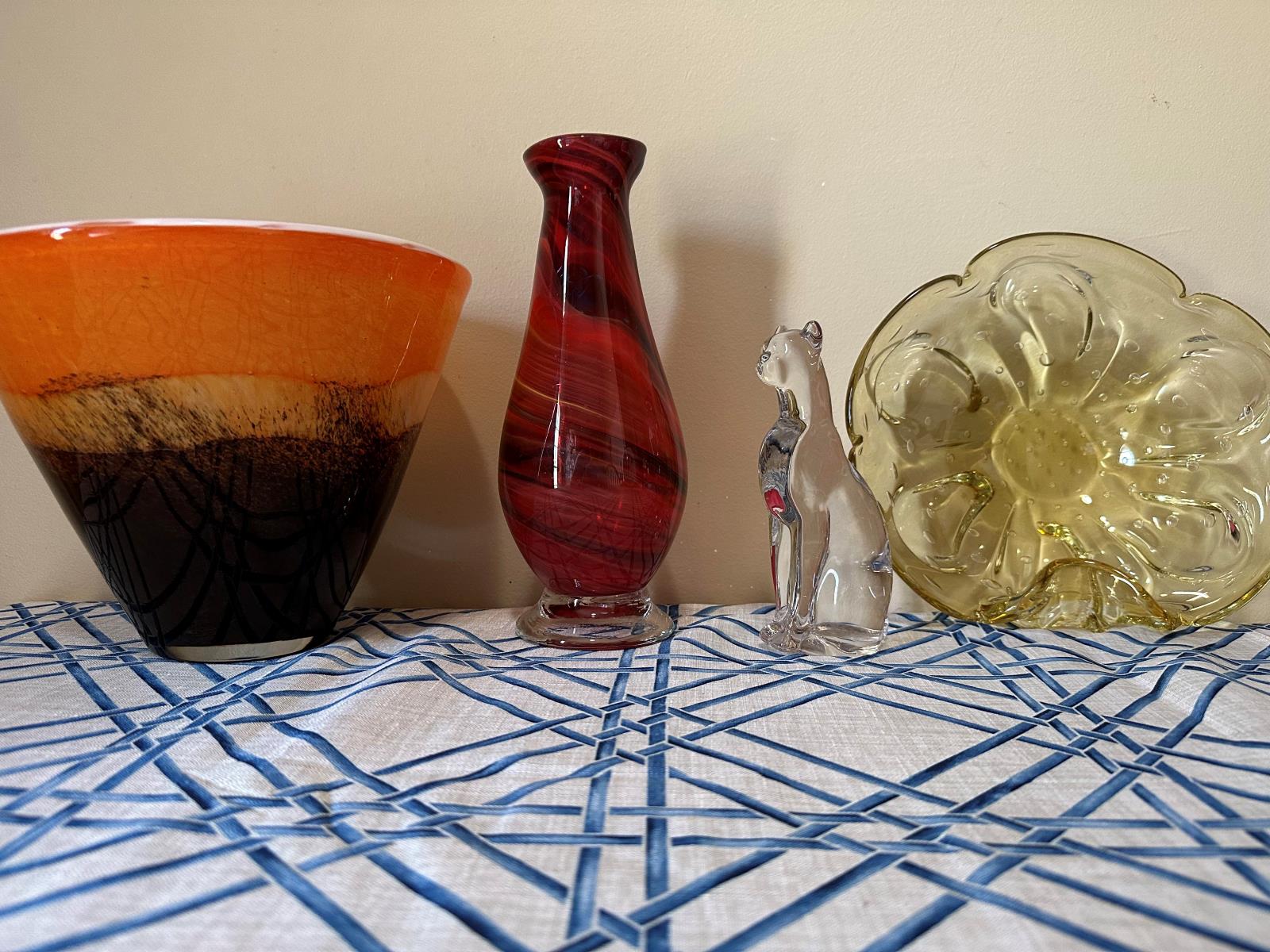
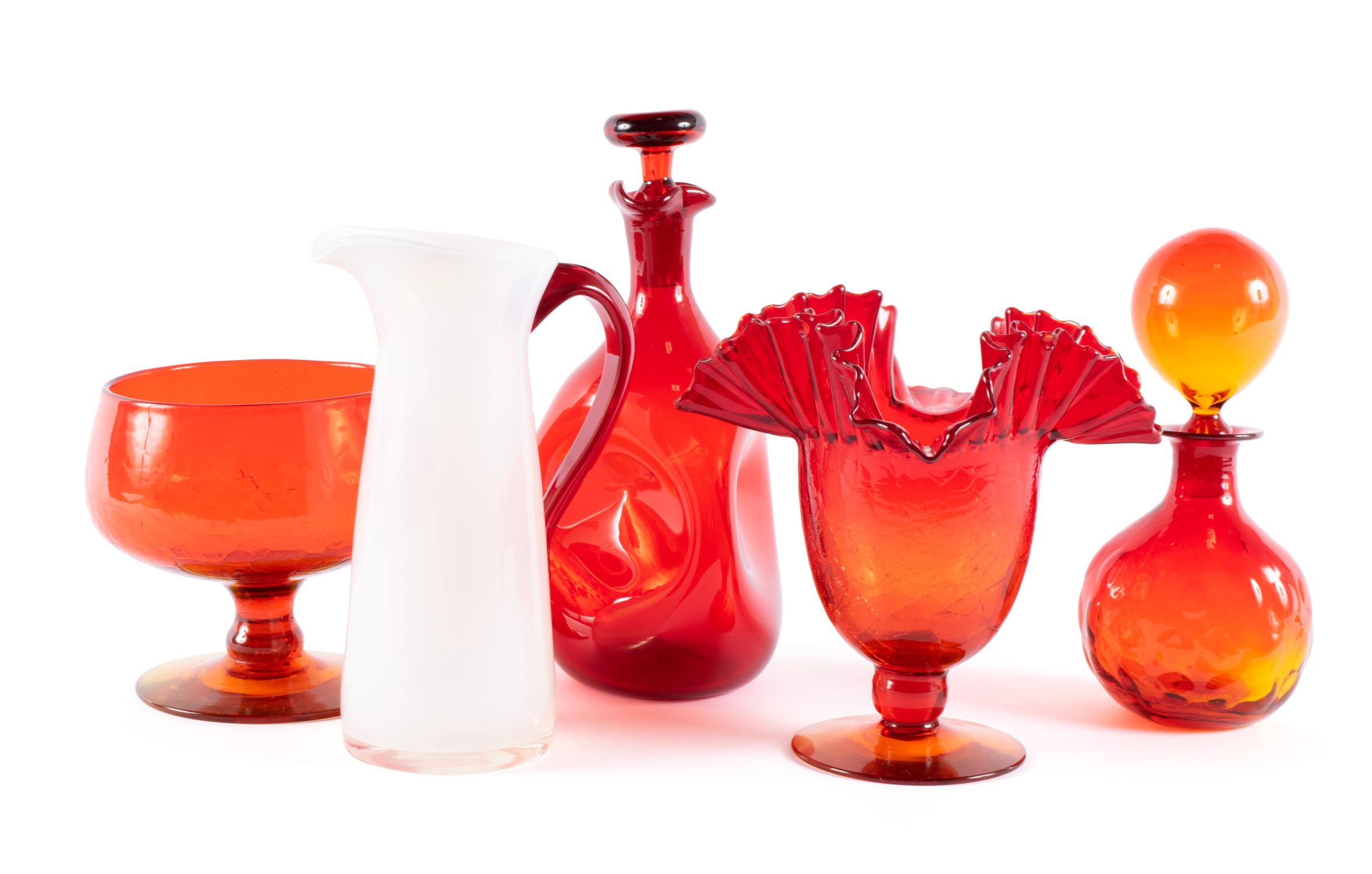

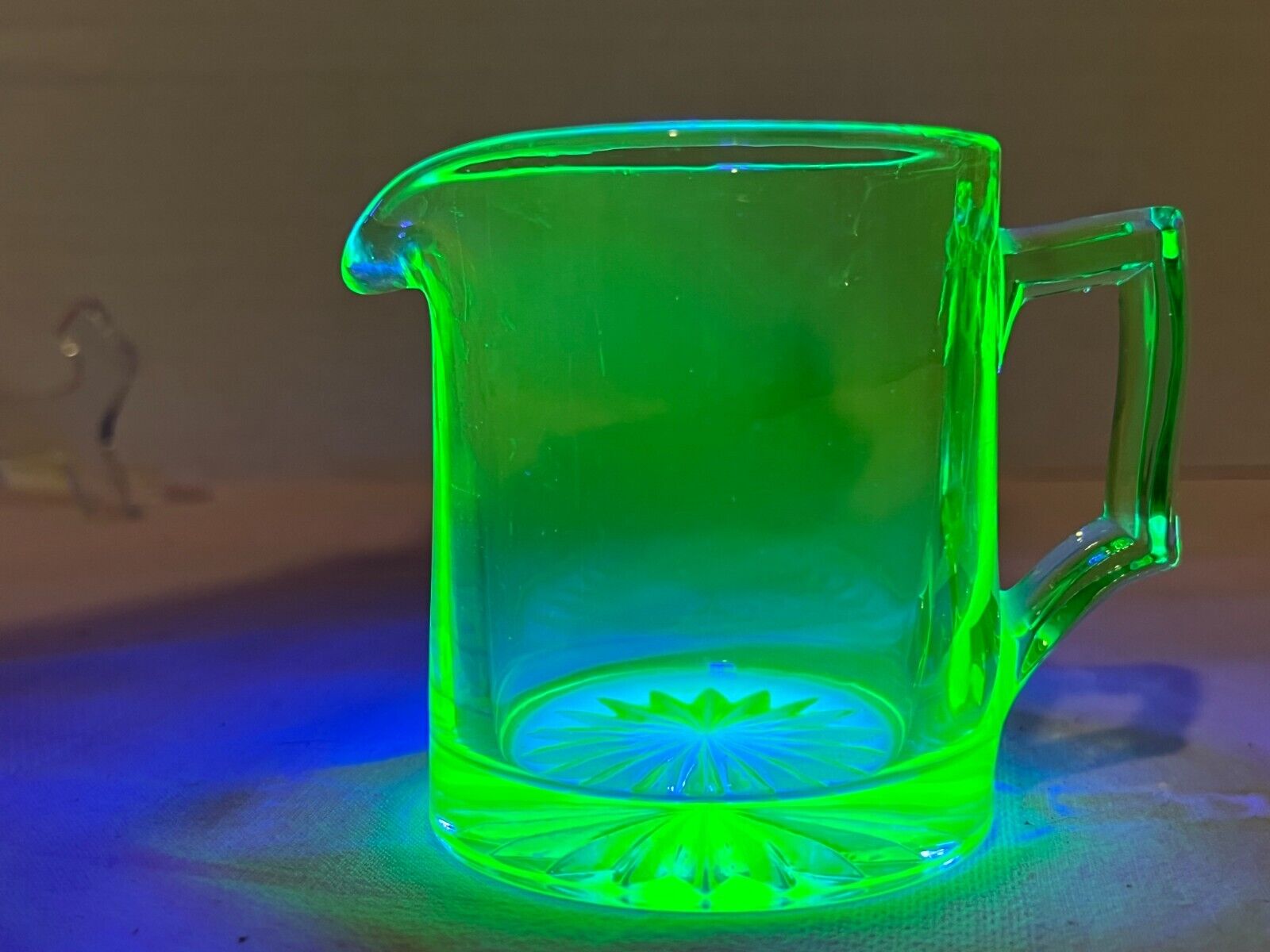
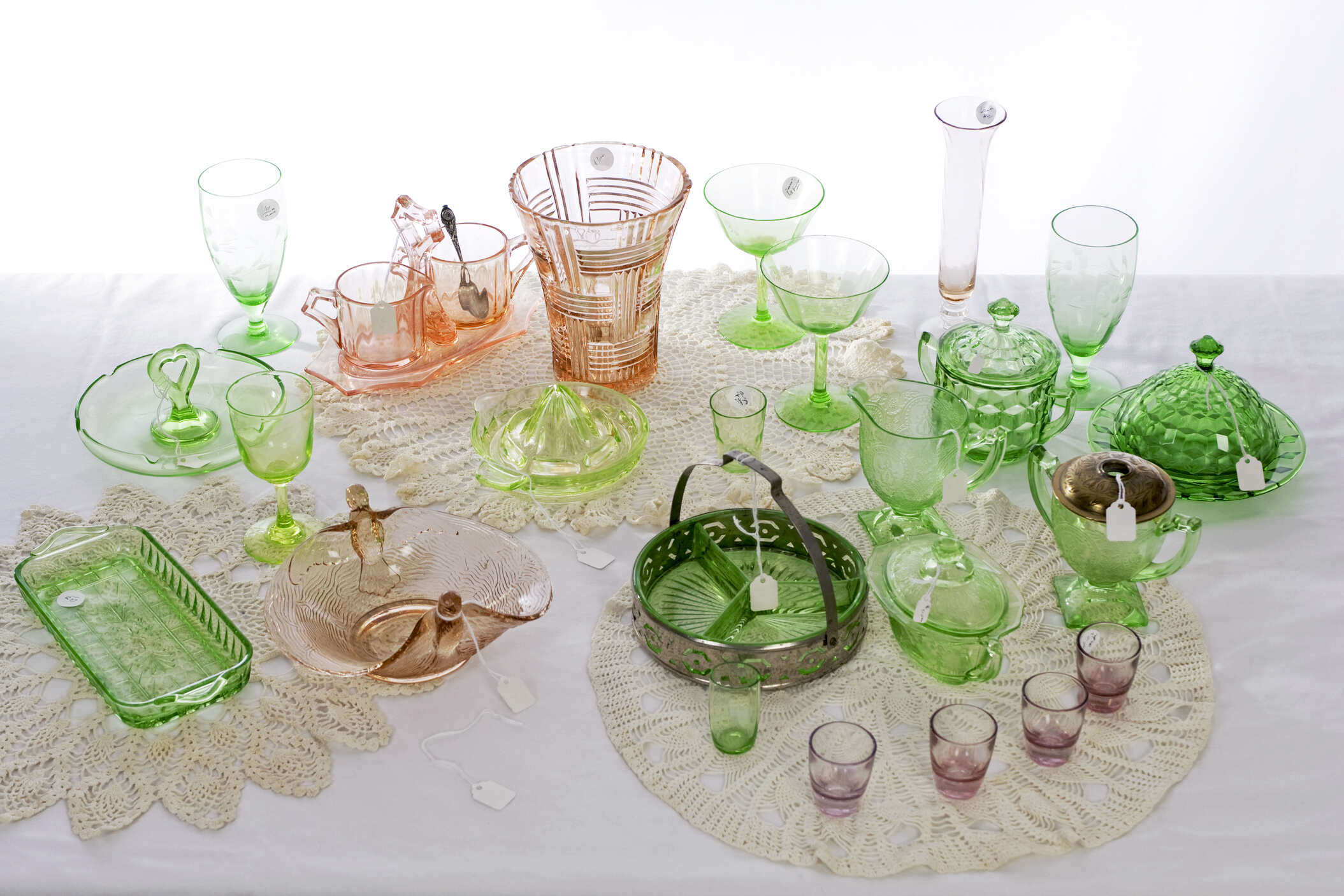
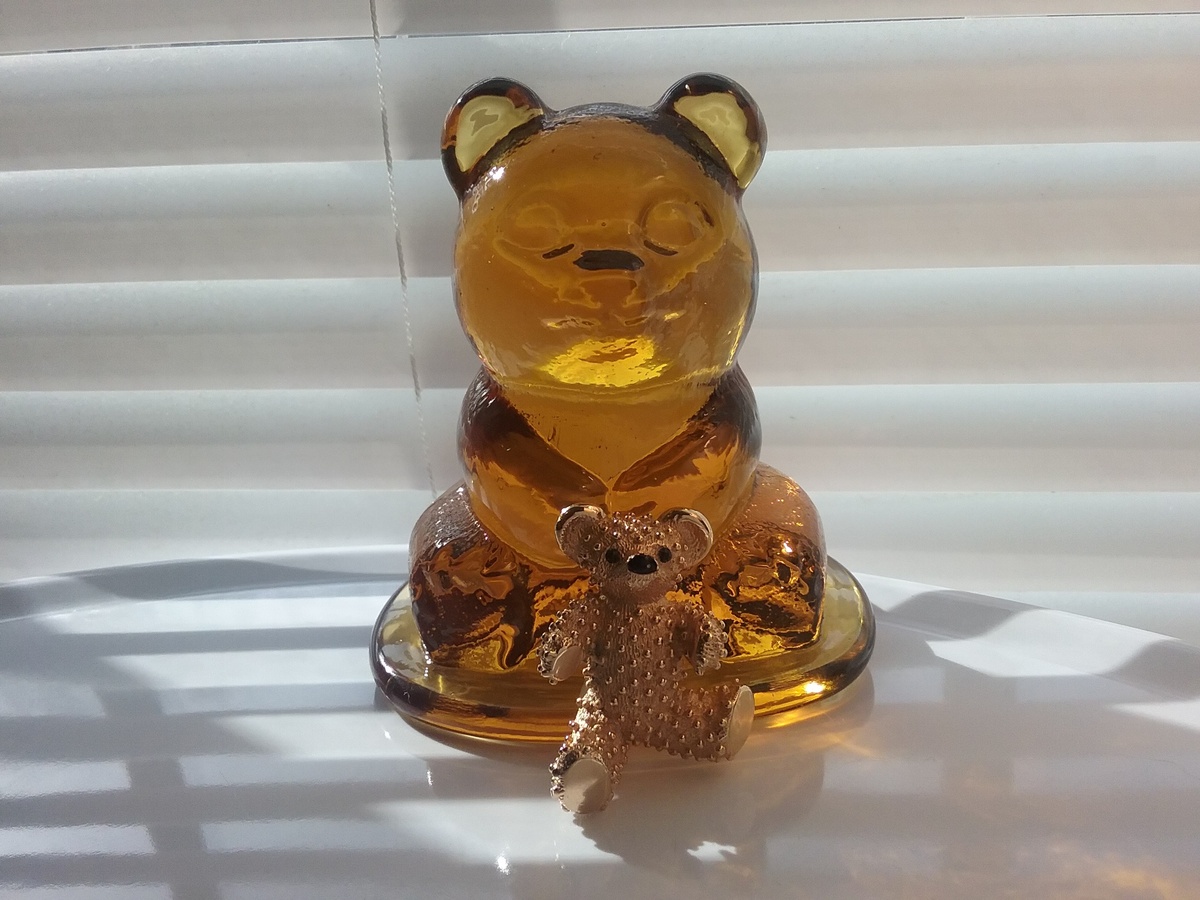
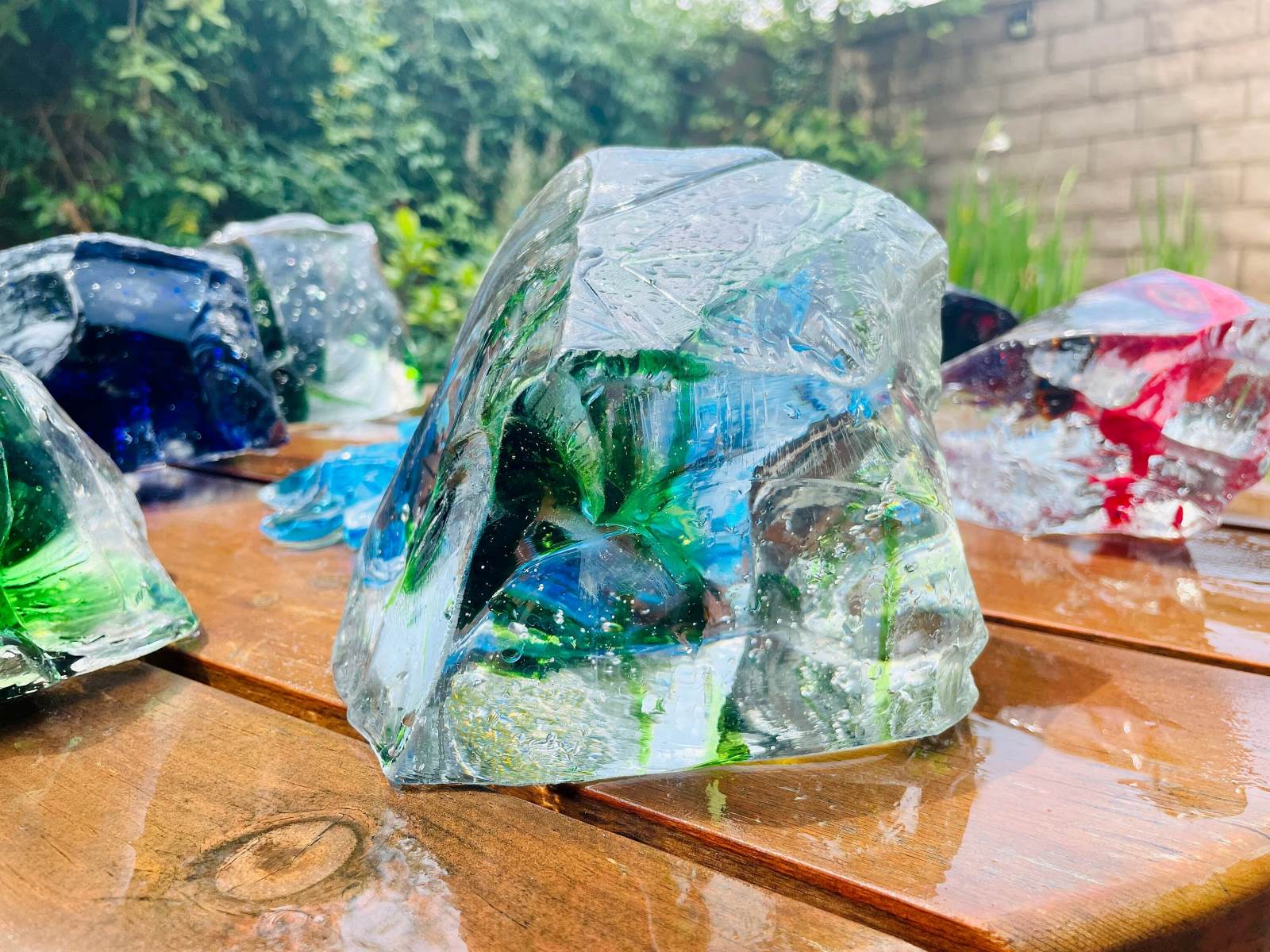


0 thoughts on “How To Identify Wildflower”